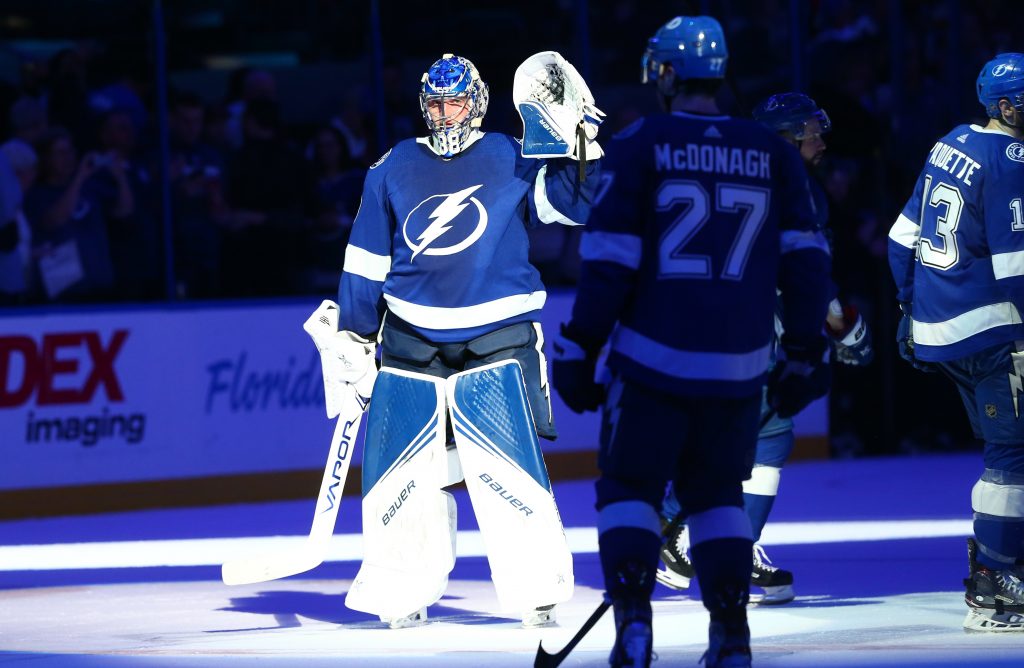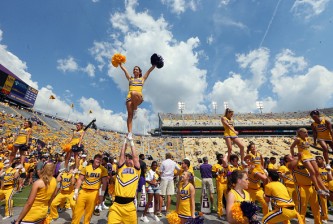We’ve officially entered the age of analytics in sports, according to a recent study by Betway, data is controlling how teams build rosters across all major leagues.
It started in baseball, then trickled down to the NBA, but now it’s made its way to the NHL, and the impact is already being felt. Sure, it’s taken 24 years of planning, and an additional six years of development for trackable pucks, but the technology has now been implemented.
Analytics drive insights, and insights allow teams to make decisions regarding their strategy — on both sides of the ice — as well as who are the players carrying it out. And given that it’s had such a big impact in other sports, it’s safe to say analytics aren’t going anywhere. Instead, they’ll just continue to build and grow on what’s already been established.
As far as the technology goes, data is collected with sensors fitting around ice rinks, as well as inside the puck and in players’ shoulder pads. NHL Senior Vice President of Business Development David Lehanski believes it can get fans more engaged during games, and also increase revenue for the league. Adding on to what he said, it can also hopefully help fans become more educated about the sport they follow as well, which will make for better discussion before, during and after games.
With that said, there are a few areas where analytics could help change the game of hockey, and usher in a new era on the ice.

Dec 23, 2019; Tampa, Florida, USA;Tampa Bay Lightning goaltender Andrei Vasilevskiy (88) and teammates celebrate as they beat the Florida Panthers at Amalie Arena. Mandatory Credit: Kim Klement-USA TODAY Sports
Real-Time Performance Assessment
Hockey, like football, is played at an extremely fast speed, and it’s tough for both fans and officials to see the entire rink as a whole. Rather, they’ll often focus on a specific quadrant instead. However, analytics could help players, managers and coaches track every inch of the ice, with 2,000 data points per second across all tracking devices. Included in that number is statistics about puck speed, player possession, distance skated and other metrics. Most importantly, these are all live-streamed directly to managers’ devices during games, so they can make adjustments on the fly.
These improvements will allow coaches to have a better idea into how the players are performing during games, so it can have an impact on which lines they trot out on the ice, and how long they’re out there.

Dec 23, 2019; Boston, Massachusetts, USA; Washington Capitals defenseman Nick Jensen (3) gets ready to hit Boston Bruins left wing Jake DeBrusk (74) during the first period at TD Garden. Mandatory Credit: Bob DeChiara-USA TODAY Sports
Player Health And Fitness
Wearable technology has taken the world by storm, and it continues to grow in use, so sports are beginning to implement it as well. In hockey, it’s come in the form of sensors in shoulder pads, which can monitor players’ health and fitness during games, which can be valuable for managers who are looking to control their minutes. It’s especially important for veterans, whose health can sometimes be jeopardized by playing too much. Not only that, it can also come in handy for players who are coming off injuries and on minutes restrictions.
This technology will be vital in the NHL, as it’s a league where nearly 51 percent of players have missed at least one game due to injury each season. So, rather than looking at their own version of load management, having players miss action, they can instead manage minutes using wearable technology.

Dec 23, 2019; Ottawa, Ontario, CAN; Ottawa Senators head coach D. J. Smith questions a missed call with referee Marc Joannette (25) in the third period against the Buffalo Sabres at the Canadian Tire Centre. Mandatory Credit: Marc DesRosiers-USA TODAY Sports
Audience Engagement
It’s no secret that fans across all sports have had issues remaining engaged during games, and sometimes they elect to have a conversation in the concourse area or in a suite, rather than rooting on their team. Not only that, as it relates to the NHL, attendance across the league has declined over the past few seasons.
However, there’s hope that delivering this data to fans via an app can help fans stay focused and interested in what’s going on on the ice. Both the NBL and MLB have already gone this route, and the results have gone well thus far. As it relates to hockey, it could show just how fast the game is, with skaters traveling at an average of 20 mph. This type of app could also display other important aspects of attending games, such as seating charts and parking availability, or how to find the nearest bathroom. Or, if fans are looking for a more game-centric perspective, they could find out who has the fastest shot of the game.
The data is powerful for the league as well, as they’ll be able to decipher which teams are drawing the most support during games, and how they can target their advertising campaigns. Getting access to fans’ preferences is extremely advantageous for the NHL.

Dec 23, 2019; Chicago, Illinois, USA; New Jersey Devils defenseman Damon Severson (28) celebrates with defenseman Mirco Mueller (25) after scoring against the Chicago Blackhawks during the second period at United Center. Mandatory Credit: Kamil Krzaczynski-USA TODAY Sports
Discovering New Talent
NHL seasons don’t come and go quickly, as each team plays 82 total games, so it can be tough to focus in on one player at a time. It’s a team game, and also a league where superstars draw a good chunk of the focus — and money — from teams, so analytics and player tracking could help managers decipher which role players have been stepping up and performing.
This technology could also help minor league teams as well, giving scouts the data to analyze for players they may be interested in drafting, rather than traveling around the country — and sometimes the world, too — watching hundreds of games. It will give teams a much better and broader insight into who they may be interested in drafting and developing within their organization.
Big data is here to stay in the NHL, and fans, players, scouts and managers will all be better off for it.
























